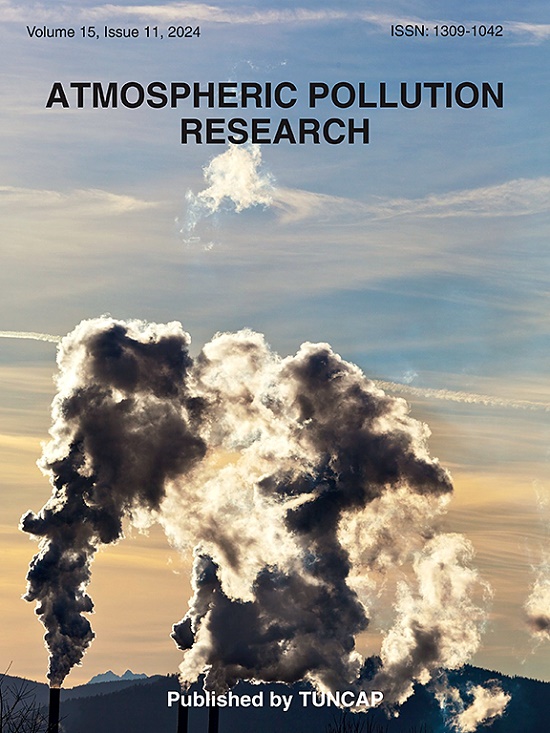The aim of this study is to estimate the contribution of the maritime sector on the air quality of major Mediterranean ports with the Long Term Ozone Simulation-European Operational Smog (LOTOS-EUROS) chemical transport model, using two source apportionment methods: the brute-force emission scenario methodology and the labelling approach. With the brute-force method NO2 shipping concentrations are estimated by the ratio of the difference between two model runs - with original and reduced emissions - and the equivalent emission reduction factor. In the labelling, emitted species are explicitly labelled per sector and tracked through all model processes. Simulations are performed for a one-year period, from May 2018 to May 2019 and the two methodologies are intercompared. The methods show strong agreement between NO2 shipping contributions (R > 0.95) and differences of ∼14%. A sensitivity analysis carried out using the brute-force method indicates that a linear regime between NOX emissions and NO2 concentrations holds, when adopting a low to moderate emission reduction (<50%). We applied the brute-force method with an assumed 20% emission reduction and found that the NO2 surface concentrations attributed to maritime sector activities in selected ports were between 5% and 70% of the total NO2 surface concentrations, with a mean value of 27%. Comparisons between measurements from the European Environment Agency (EEA) ground-based monitoring stations and LOTOS-EUROS NO2 surface concentrations show a strong correlation (R∼0.8) with an underestimation of the model (∼-32%) for the whole period. The bias is reduced to −20% when air quality monitoring stations affected by traffic and industrial activities are excluded from the analysis. Moreover, observed Sentinel-5 Precursor TroPospheric MOnitoring Instrument (S5P/TROPOMI) and modelled NO2 vertical column densities (VCDs) show a significant spatial agreement (R∼0.86) for both summer and winter with biases of −25% and −1%, respectively, over the selected ports. These comparisons were carried out as an indirect way of validating the applied methodology and the performance of the model in coastal areas. The present study provides a solid background which will enable the assimilation of the satellite observations to the CTM to infer NOX shipping emissions in the Mediterranean Basin in view of the upcoming designation of the Mediterranean Sea as an Emission Control Area in 2025.


